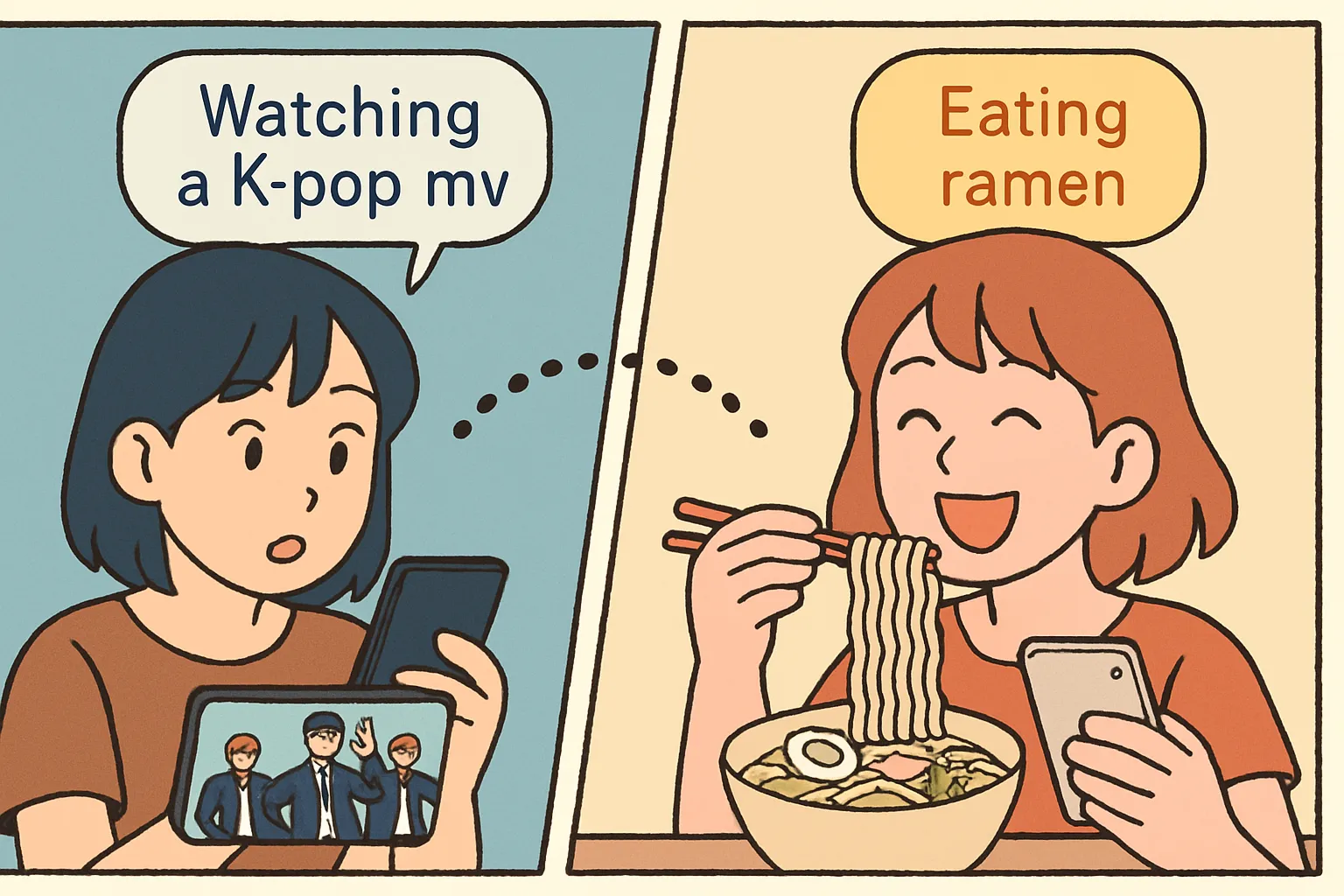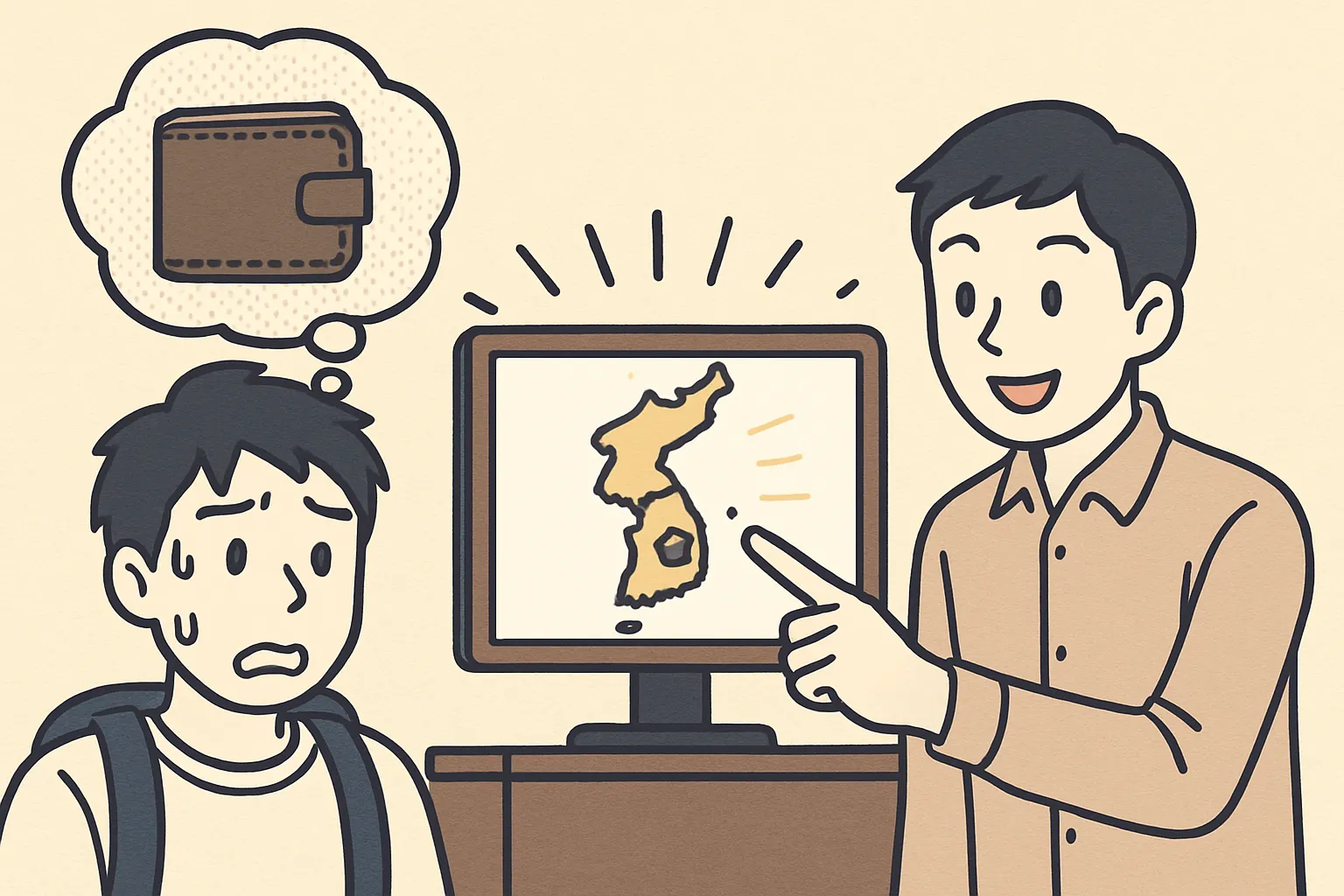Master Korean Emails: Sending Files Like a Pro!
Hello! This is [Maeil Hangeul], here to upgrade your Korean skills!
Have you ever needed to send your resume for a job in Korea, or share your amazing K-pop concert photos with a friend? Sending an email with an attachment is a basic but super important skill! Today, we’re going to learn how to do it perfectly in Korean so you can sound professional and clear.
Nowadays in Korea, with more global companies and active online fan communities, being able to write a simple, polite email is more useful than ever. Let’s learn the key phrases that will make you an email master!
Core Expressions You Must Know
Here are the essential phrases for talking about email attachments.
1. 파일을 첨부하다 (pa-il-eul cheom-bu-ha-da)
* Romanization: pa-il-eul cheom-bu-ha-da
* English Meaning: To attach a file
* Detailed Description: This is the standard, dictionary-form verb for “to attach a file.” 파일 (pa-il) means “file,” and 첨부하다 (cheom-bu-ha-da) is the verb “to attach.” You’ll usually conjugate this verb depending on the situation. It’s a neutral and slightly formal term, perfect for any email.
2. 첨부 파일을 확인해 주세요. (cheom-bu pa-il-eul hwa-gin-hae ju-se-yo.)
* Romanization: cheom-bu pa-il-eul hwa-gin-hae ju-se-yo.
* English Meaning: Please check the attached file.
* Detailed Description: This is probably the most important sentence you will use! 첨부 파일 means “attached file” and 확인해 주세요 is a polite way to say “please check” or “please confirm.” It’s perfect for business emails or any formal communication.
3. [파일 이름]을/를 첨부했습니다. ([pa-il i-reum]-eul/reul cheom-bu-haet-seum-ni-da.)
* Romanization: [pa-il i-reum]-eul/reul cheom-bu-haet-seum-ni-da.
* English Meaning: I have attached the [File Name].
* Detailed Description: This is how you state that you have attached something. The ending -습니다 (-seum-ni-da) makes it formal and polite. You can replace [파일 이름] with what you are sending. For example:
* 이력서를 첨부했습니다. (I have attached my resume.)
* 사진을 첨부했습니다. (I have attached the photos.)
Example Dialogue
Let’s see how these phrases are used in a real-life situation. Here, Min-jun is applying for a job and emailing the hiring manager, Ms. Kim.
A: 김 선생님 (Ms. Kim)
안녕하세요, 민준 씨. 이력서 보내주시겠어요?
(Hello, Min-jun. Could you please send me your resume?)
B: 민준 (Min-jun)
네, 알겠습니다. 이메일로 이력서를 첨부했습니다. 첨부 파일을 확인해 주세요. 감사합니다.
(Yes, I understand. I have attached my resume to the email. Please check the attached file. Thank you.)
Culture Tip & Trend Deep Dive
First Impressions Matter!
When you’re applying for a job or internship in Korea, the email you send with your resume is your very first impression. Using polite phrases like 첨부 파일을 확인해 주세요 shows that you are professional and have good manners.
Pro Tip for Naming Files:
To look even more prepared, name your file clearly before you attach it! Koreans appreciate efficiency. Instead of “Document1.pdf,” name it something like “Application_MinjunKim.pdf” (입사지원서_김민준.pdf). This small detail makes a big difference!
Casual vs. Formal:
While 첨부했습니다 is great for formal emails, what if you’re sending concert photos to a friend? You can use a more casual form! In a chat message, you might say: “사진 첨부했어!” (sa-jin cheom-bu-haess-eo!). It means the same thing but is much friendlier!
Let’s Practice!
Time to check your understanding!
1. Fill in the Blank:
You want to send your report (보고서) to your boss. Complete the sentence:
팀장님, 요청하신 (_____)를 첨부했습니다.
(Boss, I have attached the (_____) you requested.)
2. Make a Sentence:
How would you politely ask a professor (교수님) to check the homework (숙제) you sent?
(Hint: Combine “homework” and “please check the attached file.”)
Great job today! You’re now ready to send emails with attachments like a native speaker.
Why not try using one of today’s expressions in the comments below? We’d love to see your sentences






